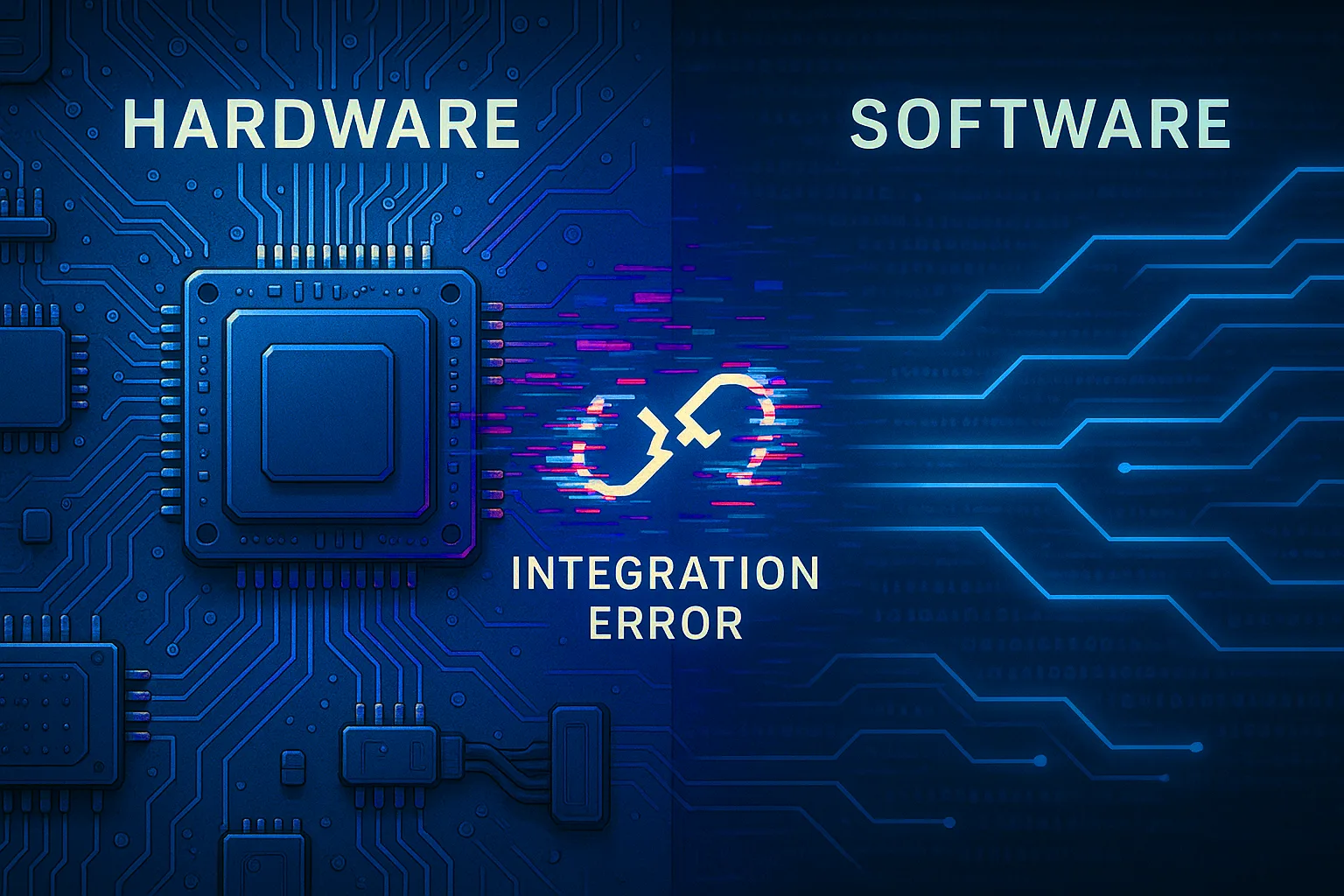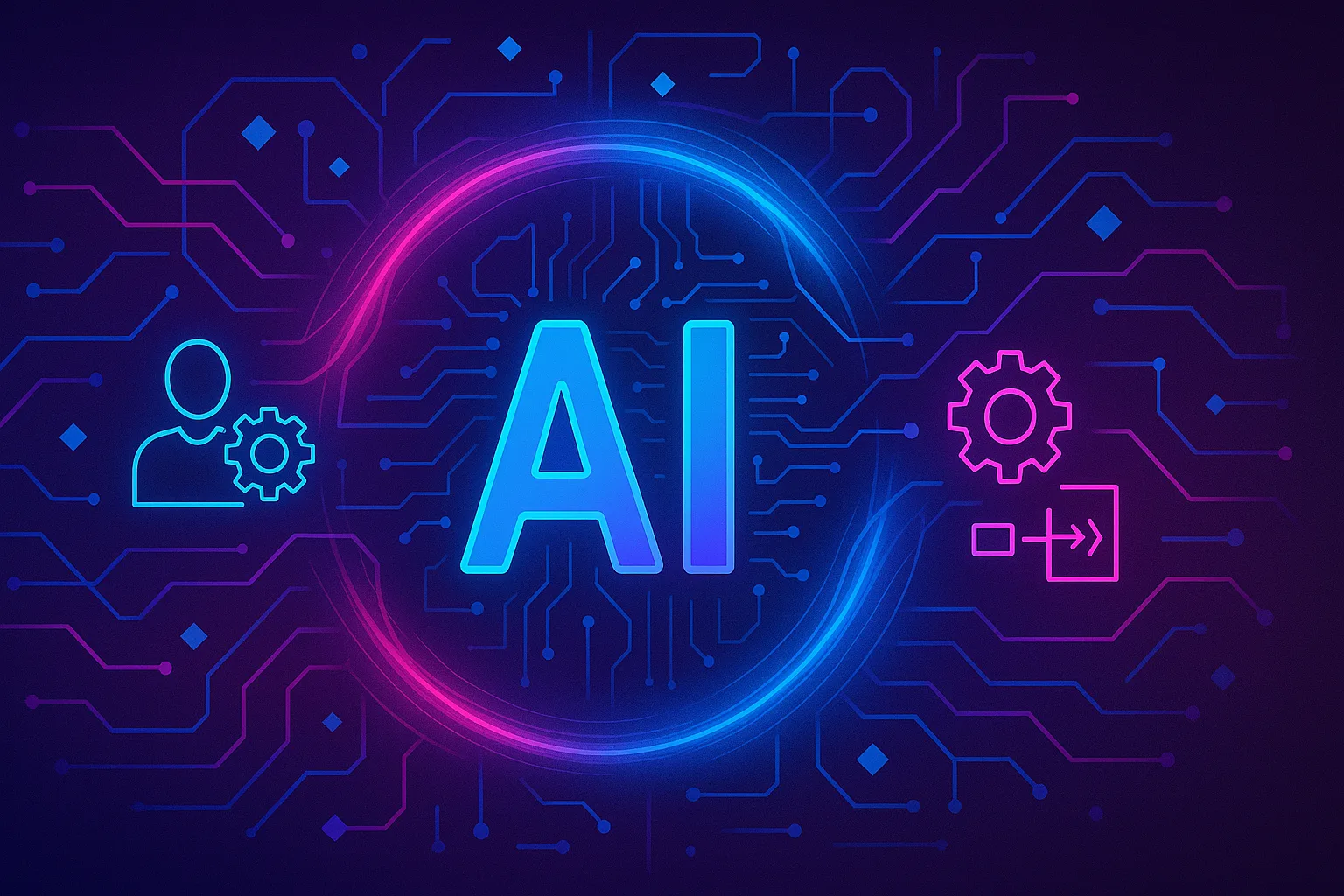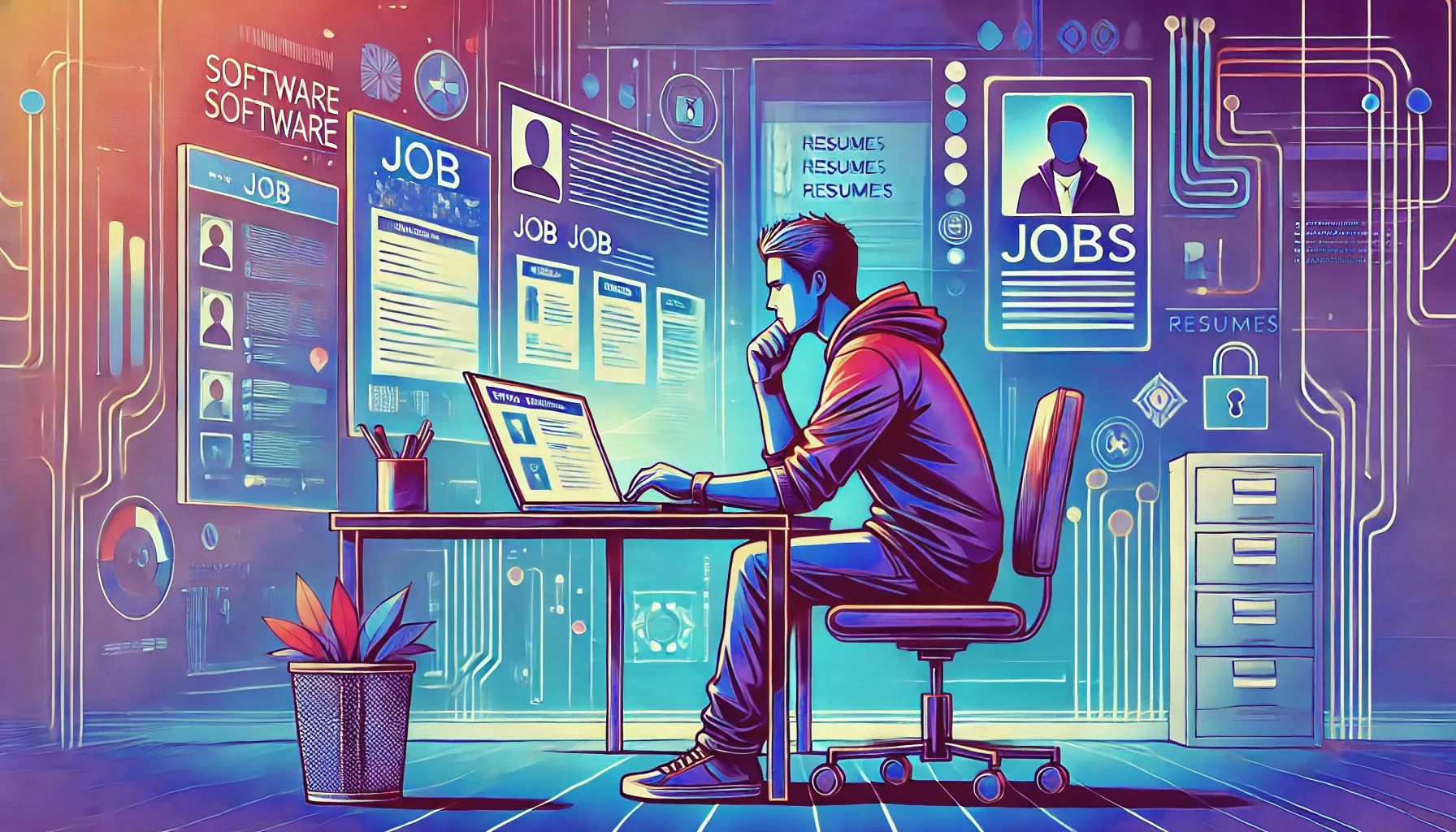In 2024, the landscape of robotics and automation is poised for a radical shift, spurred by an insatiable demand for innovation and efficiency. This year marks a pivotal point where the industry transcends its past focus on basic automation, moving towards a future filled with AI-enhanced, multifaceted robotic systems.
These advancements are not confined to traditional sectors but extend across diverse industries, driven by the integration of sophisticated technologies like big data and IoT. Providing invaluable insights into these dynamic changes, technical experts from Geisel Software will share their perspectives on the anticipated advancements and the transformative impact they are expected to have in the coming year.
AI-Driven Development
Geisel Software engineer Alex Jean believes AI-driven development is in the process of revolutionizing robotics and automation. As natural language processing tools, such as Copilot, Gemini, and ChatGPT, become better at writing, testing, and debugging code, they can significantly reduce the time and resources required for these tasks, multiplying the output of a single developer, and dramatically reducing the cost and time required to develop world-changing applications. In addition, the advancement of statistical machine learning models means that more useful data can be extracted from larger datasets, putting a premium on the value of data.
The field of robotics is witnessing rapid advancements thanks to the development of neural network architectures, particularly multi-modal transformer-based architectures. These innovations are significantly enhancing the capabilities of machines by reducing the computational resources required to run algorithms while simultaneously increasing their complexity and efficiency. This progress means that machines can now perform more complex tasks more effectively and at a lower cost.
However, with the increased intelligence of neural-based algorithms comes heightened risks. One of the primary concerns is the current inability to deterministically prove the correctness of outputs generated by neural networks. This uncertainty has far-reaching implications for safety, reliability, and ethics in robotic applications. For instance, in critical sectors like healthcare or autonomous transportation, any unpredictability in algorithmic output could lead to dire consequences.
As these algorithms become more sophisticated, the necessity for robust regulatory tools becomes paramount. There is a growing need for mechanisms that can effectively monitor and control the power of these neural networks, ensuring trust and safety in their applications. This involves developing new standards and frameworks that can guarantee the reliability of algorithmic decisions and mitigate potential risks. As the technology continues to evolve, so too must our approach to managing and securing these advanced AI systems in robotics.
Growth In Robotics Technology
Andrew Euredjian, Software Engineer 2 at Geisel Software, predicts advancements in robotics and automation, driven by enhanced sensors, sophisticated AI vision systems, and machine learning algorithms, will enable robots to add a range of complex tasks to their repertoire in 2024. Advanced sensors provide robots with the ability to perform precise and intricate manipulations in environments that were previously challenging, such as handling delicate materials in manufacturing or performing detailed surgical procedures in healthcare. Sensor fusion has also enabled more precise and accurate data collection in environments where a single type of sensor may have blind spots.
AI vision systems have evolved to a point where they can accurately interpret and analyze visual data, enabling tasks like real-time quality inspection in industrial settings or advanced monitoring and data collection in agriculture for crop health assessment. The integration of machine learning algorithms is key because it allows robots to quickly analyze dense data, adapt to changes in goals or environments, and improve their decision-making processes all at a fraction of the speed when compared to a human worker.
This means we can expect robots in 2024 to be more adept at tasks that require a high level of customization and adaptability, like personalized patient care in healthcare or dynamic process optimization in manufacturing. Logistics will benefit from more efficient and accurate sorting, packing, and handling of goods, even in complex and dynamic environments. These developments signify a move towards more intelligent, versatile automation solutions across various industries.
The Integration of AI and IoT
Geisel Software senior engineer Bryan Perris foresees a major shift in the integration of AI and IoT with robotics and automation, significantly impacting sectors like manufacturing and transportation, particularly self-driving cars.
In manufacturing, the real-time data analysis this integration makes possible will improve operational efficiency. Robots, armed with AI and IoT technology, will quickly analyze and respond to environmental data, improving production processes beyond what was previously achievable. This means not only faster and more flexible manufacturing processes but also a significant reduction in errors and downtime.
When it comes to transportation, the impact is equally important. By bringing together AI and IoT, we can expect a substantial enhancement in the capabilities of autonomous vehicles. These cars will process vast amounts of data from their sensors to make safer and more accurate decisions on the road. Predictive maintenance, powered by this integration, will be key in ensuring these vehicles operate reliably and efficiently, identifying issues before they arise, and scheduling maintenance without human intervention. This will not only improve safety but also increase the overall lifespan of the vehicle.”
AI Advancements
The thing that’s making Liz Couture, Software Development Manager at Geisel, the most excited currently in the field of AI is the use of simulation for generating artificial data. So often, the promise of Machine Learning can only be applied to projects for which there’s not just a huge dataset, but that data needs to be accurately manually labeled in order for a computer to do anything with it.
There are so many areas in which the necessary dataset to solve a difficult problem doesn’t even exist, for example in space applications. But game engine technology has become so accessible that now it’s possible to simulate real-life environments, and generate those pre-labeled training images automatically, in huge amounts. It’s making it possible to use machine learning to solve problems where previously there wasn’t enough data to even try.
Big Data
Big data will play a critical role in making strategic decisions and improving performance across various sectors according to Senior Software Engineer Steve Phillips. High-speed automated inspection of parts or assemblies can produce dramatic increases in yields and productivity compared to human inspection. Using high-speed camera imaging for inspection is not a new idea, but in the past, this has required engineers to develop complex feature detection and image processing algorithms for defect analysis.
In contrast, today’s neural networks can be trained using a set of reference images, and the network itself learns to recognize which features identify failed parts. This is a much less resource-intensive process that is easily adaptable to multiple part configurations. Recent advances allow this training to happen with relatively small sets of reference images, resulting in an easy training process with excellent defect recognition capability. AI-based part inspection can also help to ensure consistent results across multiple production facilities.
High-level AI can also analyze quality trends across products and facilities to rapidly uncover issues that may affect the entire supply chain. For example, AIs can search for patterns in part inventories, lead times, and backorders to identify weak links in the procurement chain. Or they can analyze defect rate patterns across production lines to provide early warning of problems before they become critical.
Neural networks excel at examining very large streams of data to detect patterns that might not be immediately visible to human observers. As a result, Artificial Intelligence has wide applicability to QA processes, from individual part inspection all the way to monitoring the performance of entire organizations.
Robotics and Automation Application Trends
Geisel Software CEO Brian Geisel, a visionary in the field of robotics and automation, foresees a significant evolution in the application of these technologies across various industries. In healthcare, he predicts a leap beyond traditional uses, envisioning robots not just in surgical procedures but in patient care, offering personalized and efficient services. In manufacturing, the shift is towards smarter robotics and automation — robots that not only assemble but also analyze and optimize production processes in real time. Logistics will see a transformation with autonomous systems streamlining supply chains, drastically reducing human error, and enhancing efficiency.
Geisel also anticipates the rise of robotics in unconventional sectors. In agriculture, he envisions robotic systems that revolutionize farming practices, making them more sustainable and precise. In the service industry, he predicts a new wave of automation, where robots not only assist in menial tasks but also enhance customer experiences through personalized interactions. The entertainment industry too is on the brink of a robotic revolution, with immersive experiences powered by sophisticated automation. Geisel’s predictions paint a future where robotics and automation extend their reach, driving innovation and efficiency across traditional and emerging sectors alike.
As 2024 unfolds, we’re ushering in an era in robotics and automation that is as exciting as it is transformative. Insights from the experts at Geisel Software have predicted a path where innovation isn’t just a concept, but a powerful reality shaping our everyday experiences. Let’s collaborate to innovate and harness the full potential of this technological evolution, creating a smarter, more interconnected world together.





